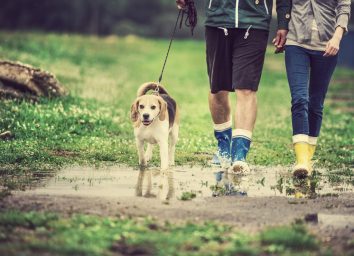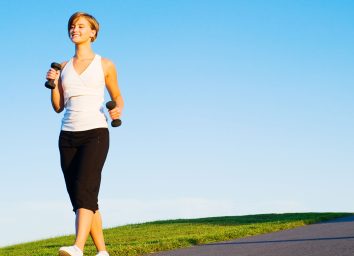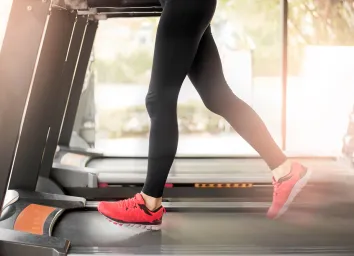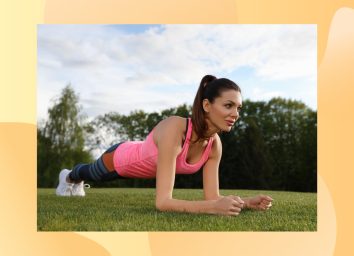Secret Tricks for Walking Better Starting Now, Says Olympic Racewalker
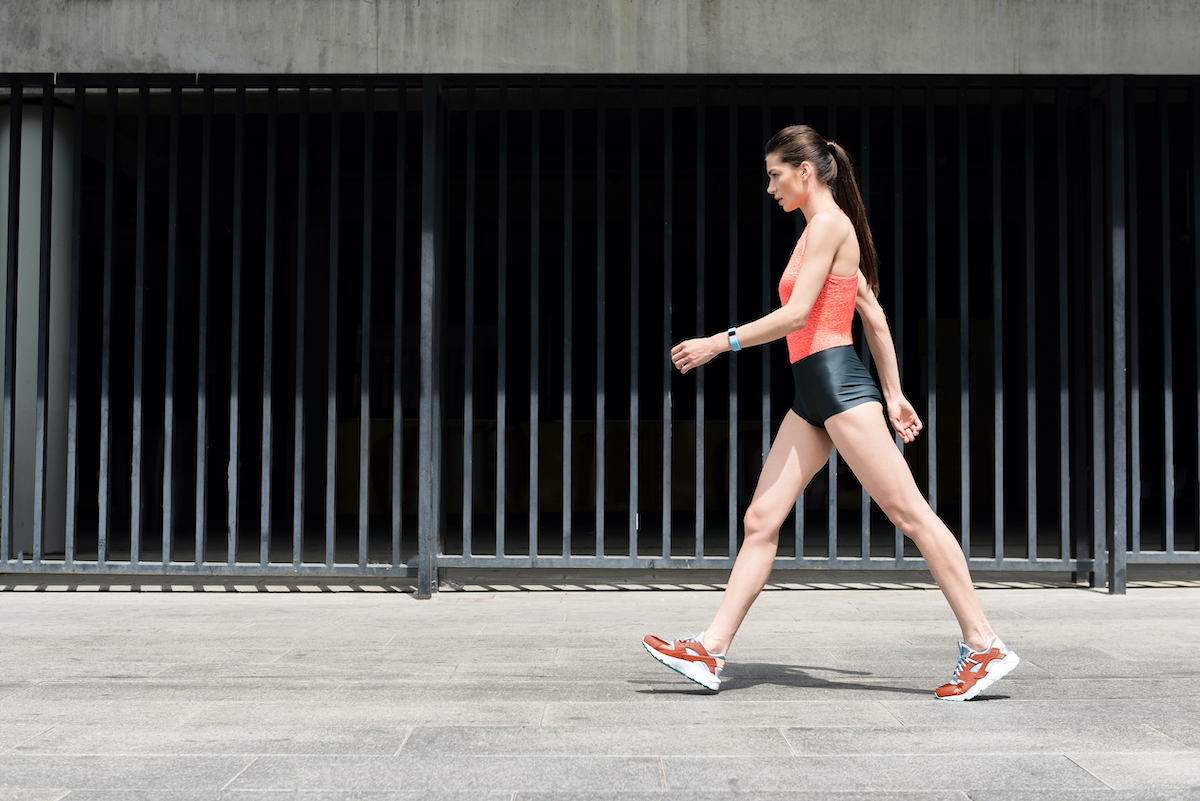
Yes, walking improves cardiovascular health, overall mortality, sleep quality, and more. But did you know that if you get really good at it, you could earn yourself an Olympic gold medal? If you're a racewalker, it's a distinct possibility.
Racewalking is exactly what it sounds like: competitive walking at fast speeds. The sport has been a staple of the Olympics since 1904. However, the sport has super strict rules on form and technique in order to distinguish it from running, says Robyn Stevens, a top racewalker who competed for Team USA at the Tokyo Olympics.
"There are two [main] rules," Stevens says. For starters, one foot has to be on the ground at all times. Secondly, you have to land each step on a straight leg. "It has to stay straight all the way through until it passes underneath the hip," she says. There are judges closely watching the races who can give racers penalties—kind of like yellow and red cards in soccer, Stevens adds.
These rules require a super specific walking form. You step with your legs straight, Stevens says, rolling from heel to toe. As soon as the leg passes under your hip, you drop your hip and bend your leg. She thinks of it as similar to dancing merengue or the waltz, but sped up for walking. (Here's a step-by-step of exactly what it looks like.)
This step can take a bit to get used to, but with proper form, you can go really fast. Stevens says that she racewalks at around 13.5 km per hour or faster. But even though her form and sport is a little different from what most walkers are used to, she still has a lot to offer when it comes to improving your walking speed and technique. Keep reading to get Stevens's tips for upping your walking game. And for more walking secrets, don't miss: New Study Reveals a Major Side Effect of Walking More.
Increase your speed with fartleks
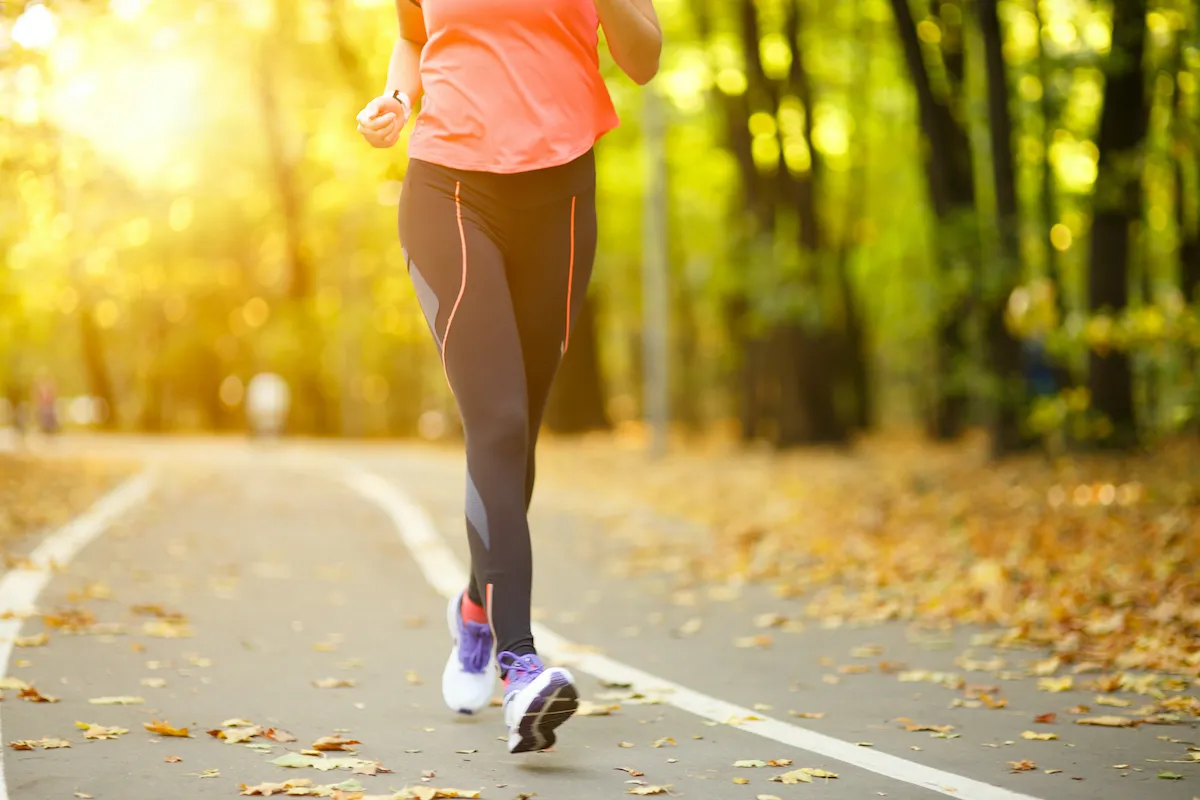
Obviously, the average person is not going to want to walk as fast as Stevens. But picking up your pace on a walking workout can help you burn more calories. Stevens says that it helps to use fartleks—walking at a varying pace—to help you get used to a faster speed. "Start with 100 meters [racewalking] and 100 meters [jogging or walking more slowly]," she says, and repeat for 20 to 40 minutes a day. Once that becomes comfortable, you can increase your speed or push yourself to race walk (or speed walk) for longer distances. Read more: Exactly How Fast You Need to Walk to Live Longer, Says Science
Strengthen your glutes with box jumps
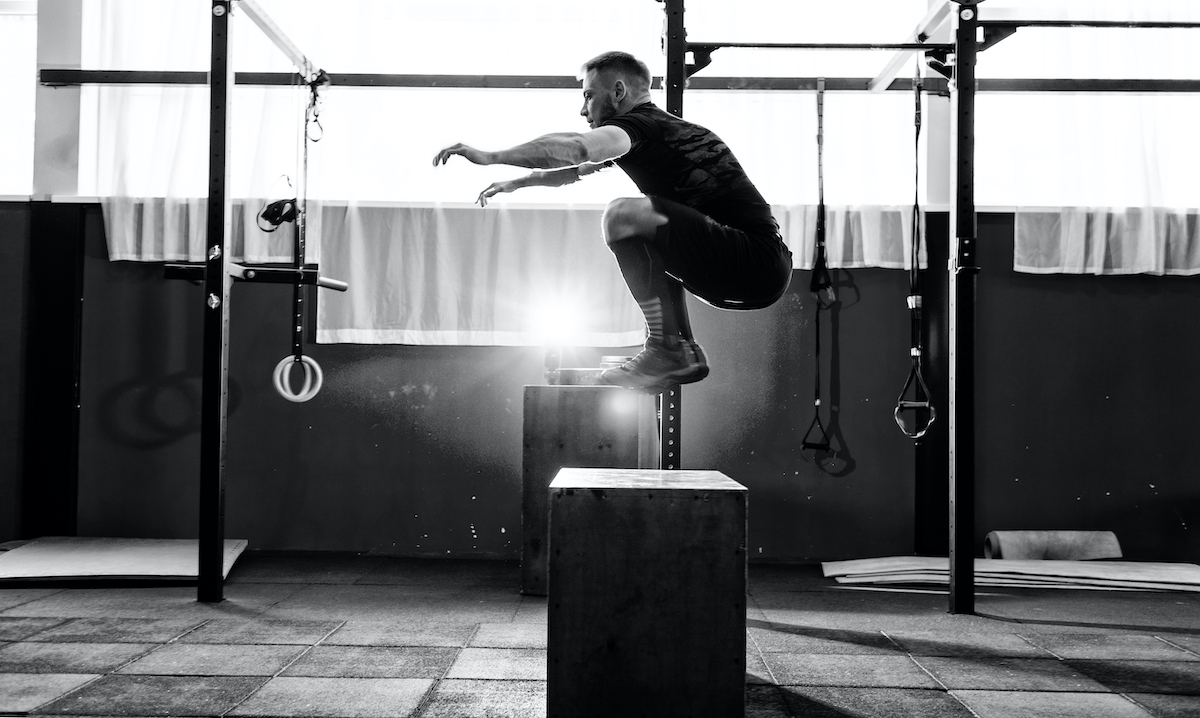
Your glutes and calf muscles are what primarily power your walks, Steven says—so you should make sure to keep them strong with dedicated exercises. Her go-to is box jumps. "Step up on a box or a park bench," she suggests. "As you're stepping up, really activate those glutes; engage that muscle. Then as you're lifting, straighten that knee as if you're racewalking." Do 15 of those on each side, four to five times. For more tricks to improve your walking form, don't miss: One Walking Mistake That Hurts Your Body, Says 76-Year-Old Former Olympian.
Work your core
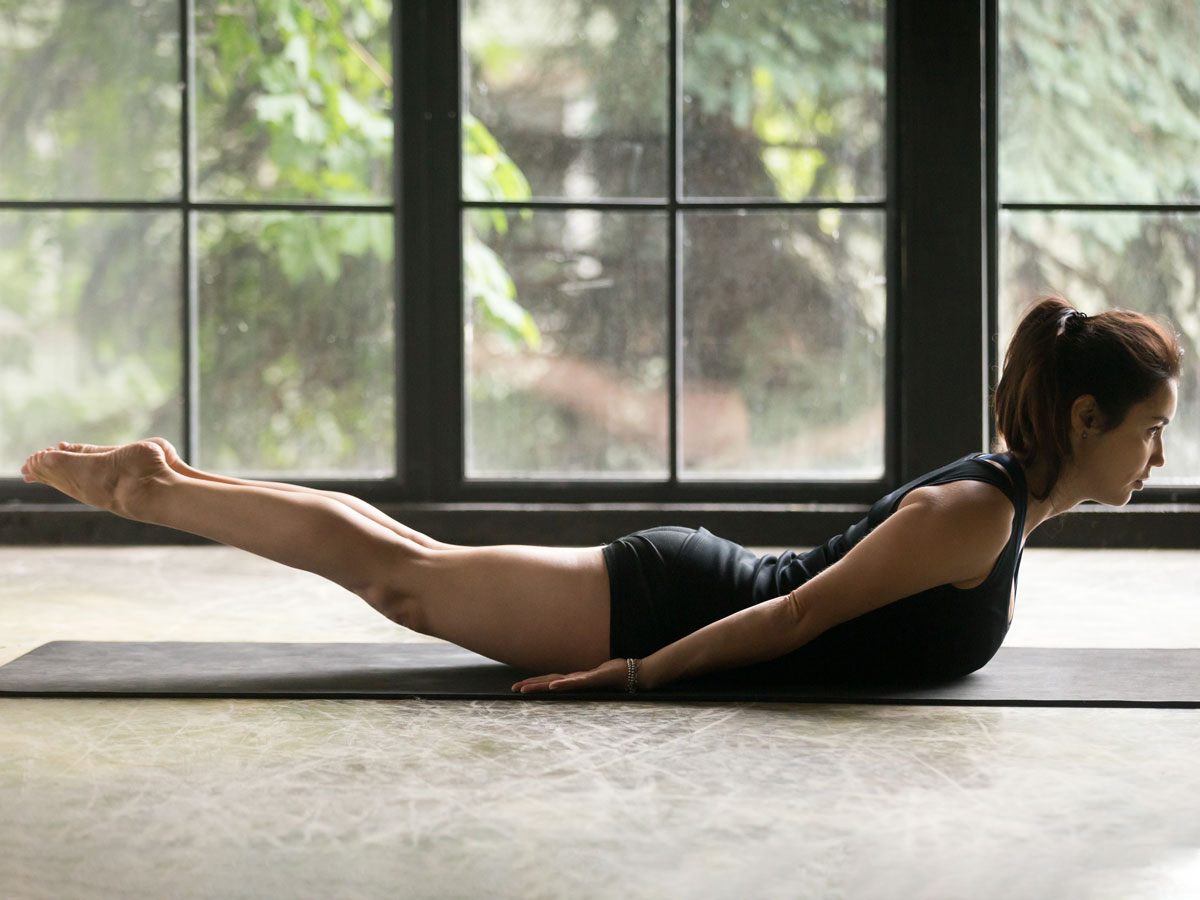
Core strength is essential to walking—it helps support your posture and allows you to activate the correct muscles with every step. It's also important for stability, adds Stevens, which is why she does a "ton" of core work in the gym. She relies on exercises like Supermans to keep hers strong (here's how to do it at home). Looking for other great core-strengthening moves? Check out: These Are the 5 Best Exercises for Toning Your Abs, Says Trainer.
Amp up your arm swing
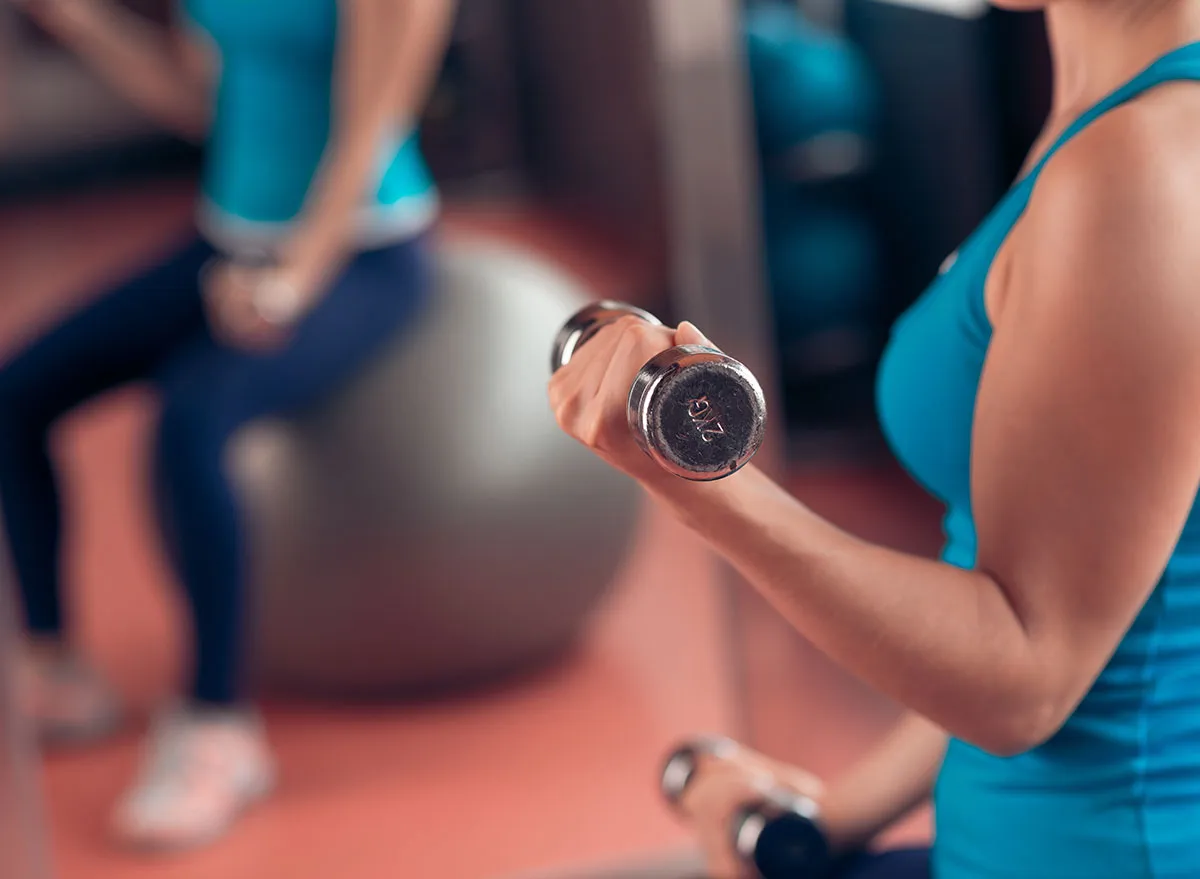
Your arm swing is a key way to power your walk. Get yours stronger by grabbing a pair of light weights (like one pound, max), and swinging your arms back and forth like you're walking while standing still in front of a mirror, Stevens suggests. "That builds the muscles between the shoulder blades, the power in the swing, and also the muscles in the core," she says. Read more: One Major Side Effect of Lifting Heavier Weights, Says Science.
Don't forget to cross train
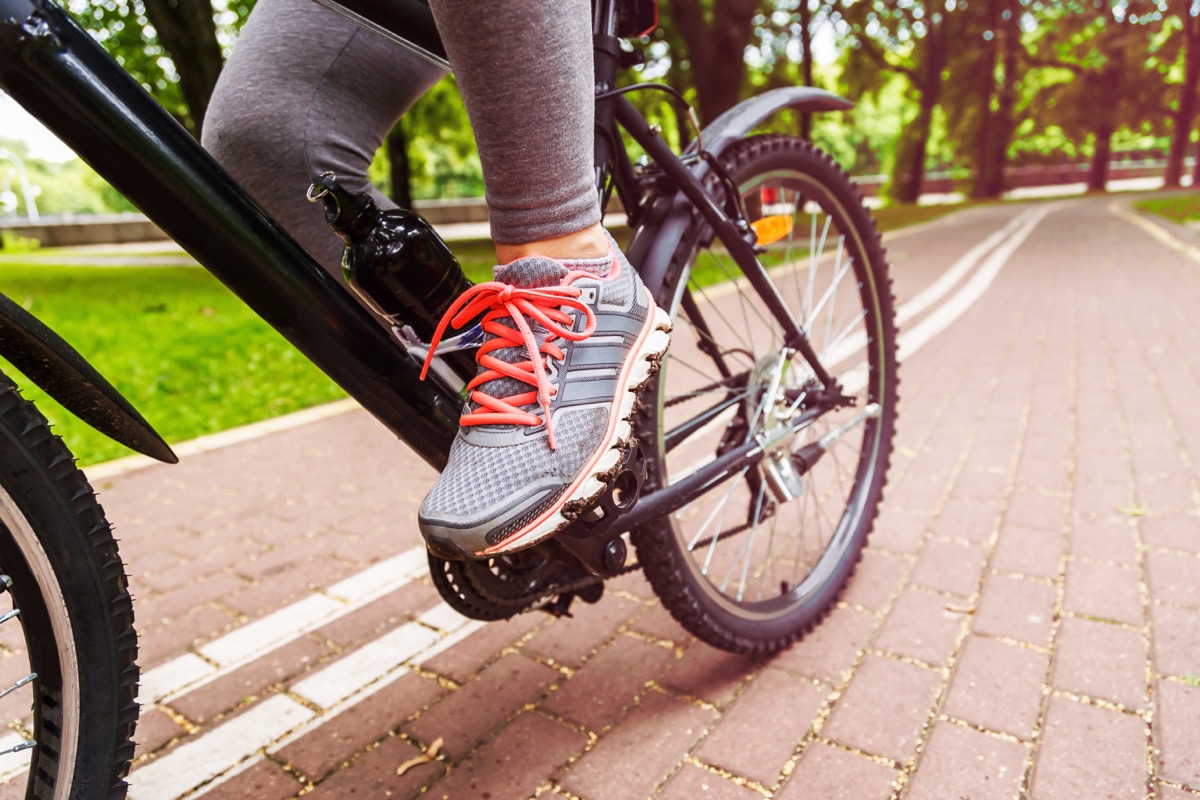
Stevens says that when she was training for the Olympics, she did about 18-20 kilometers' worth of aerobic activity per day. She also did strength training and a second form of cardio, such as 40 minutes of cycling or swimming. To be clear, she doesn't recommend this much training for a home athlete. But no matter who you are, mixing up your workouts is key to getting stronger and improving your walking performance. On days where you're not walking, try strength training or other forms of cardio to give your muscles a new kind of challenge. And don't miss: These 8-Minute Pre-Breakfast Workouts Will Help You Get Lean, Says Trainer.
